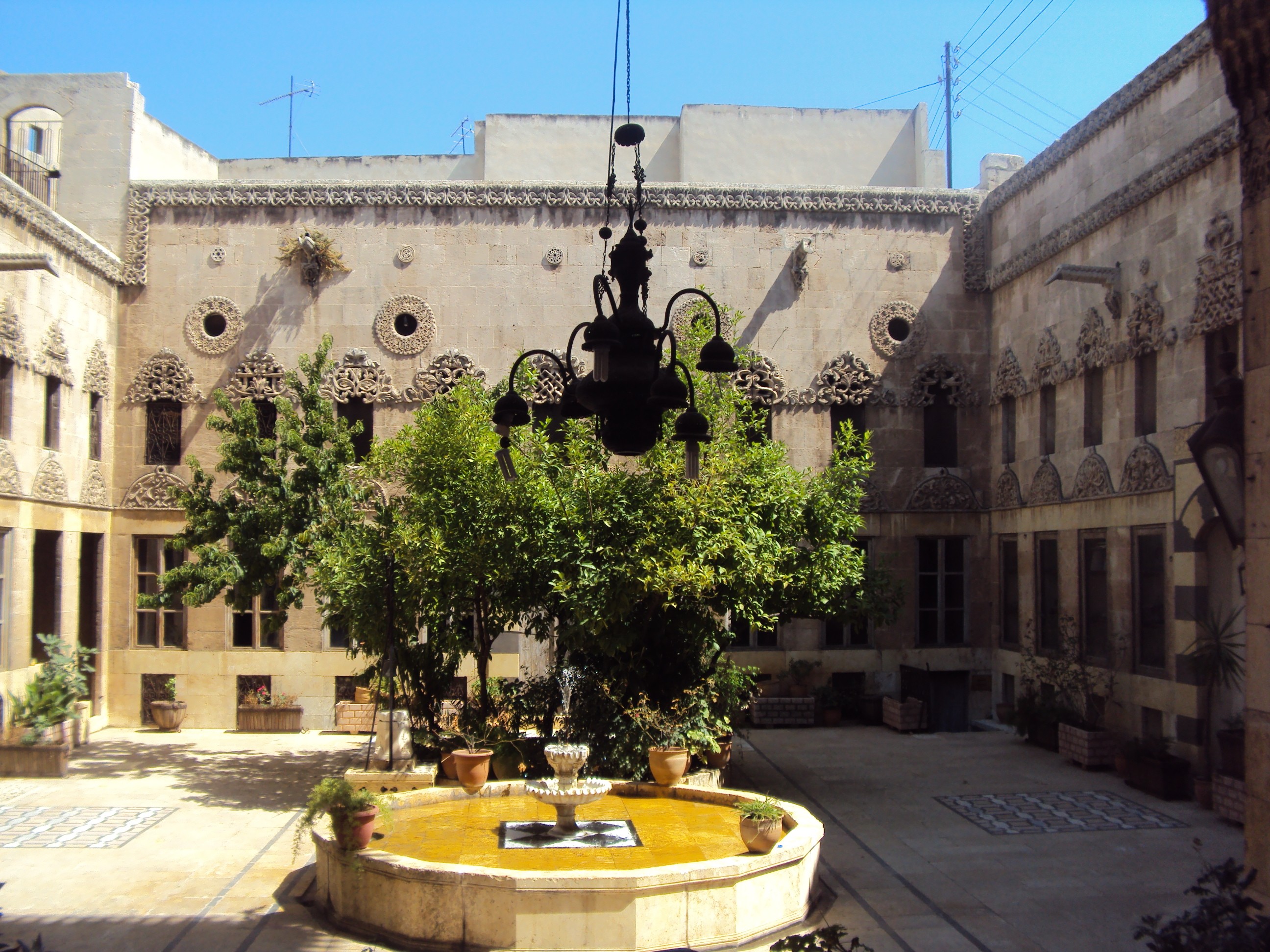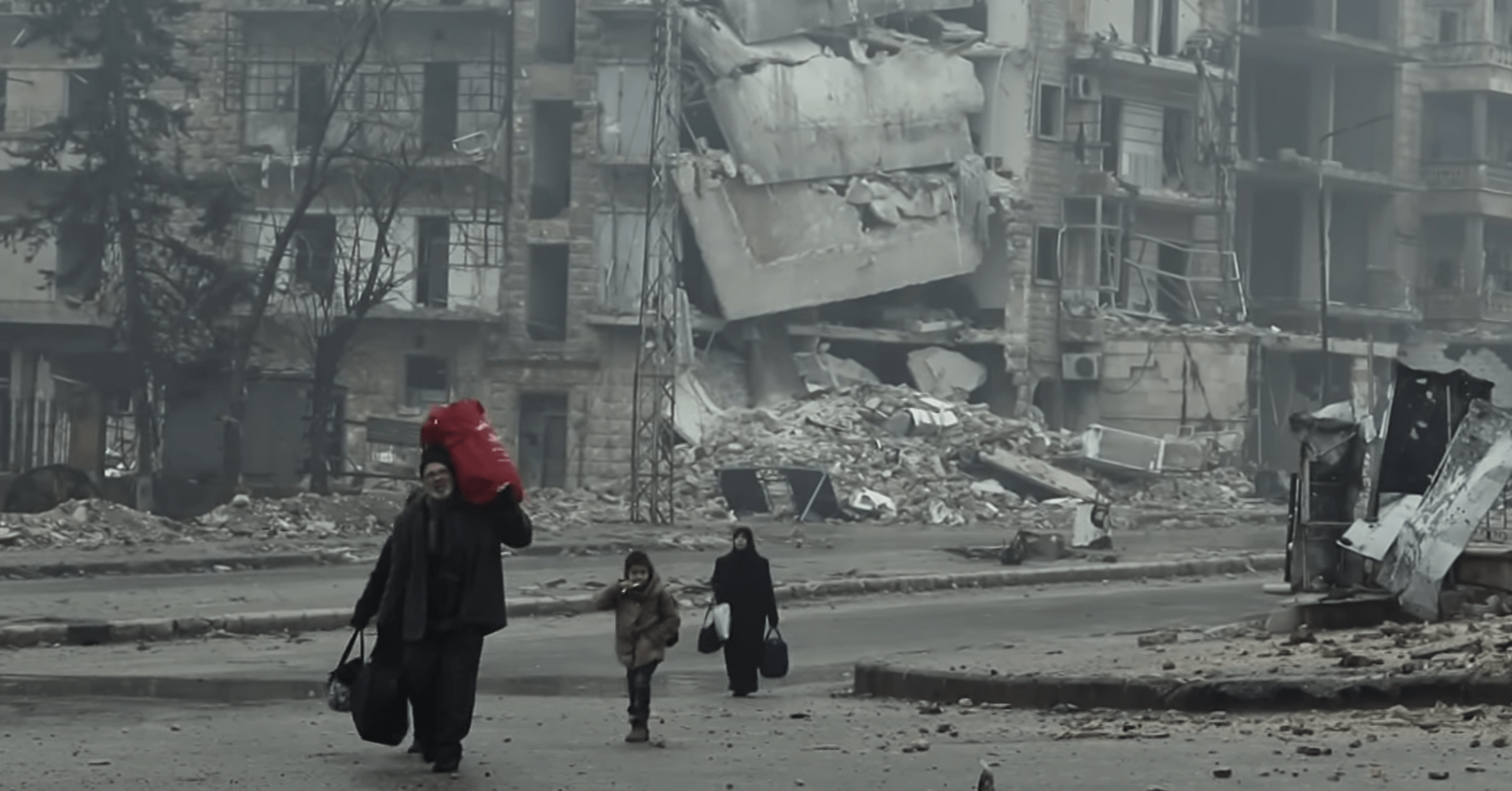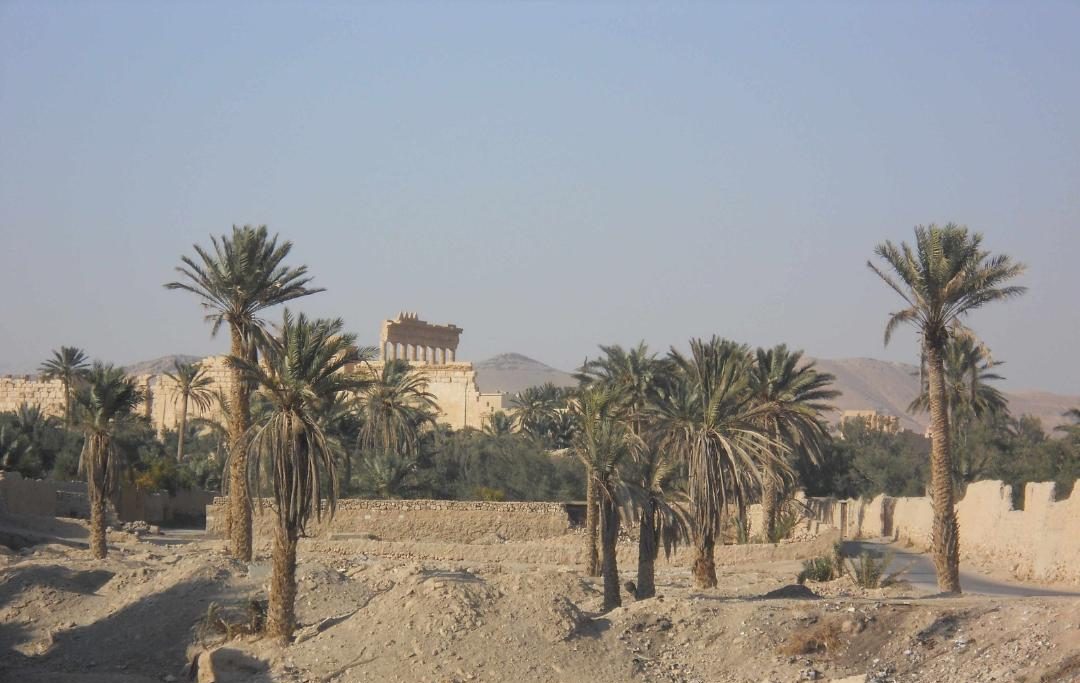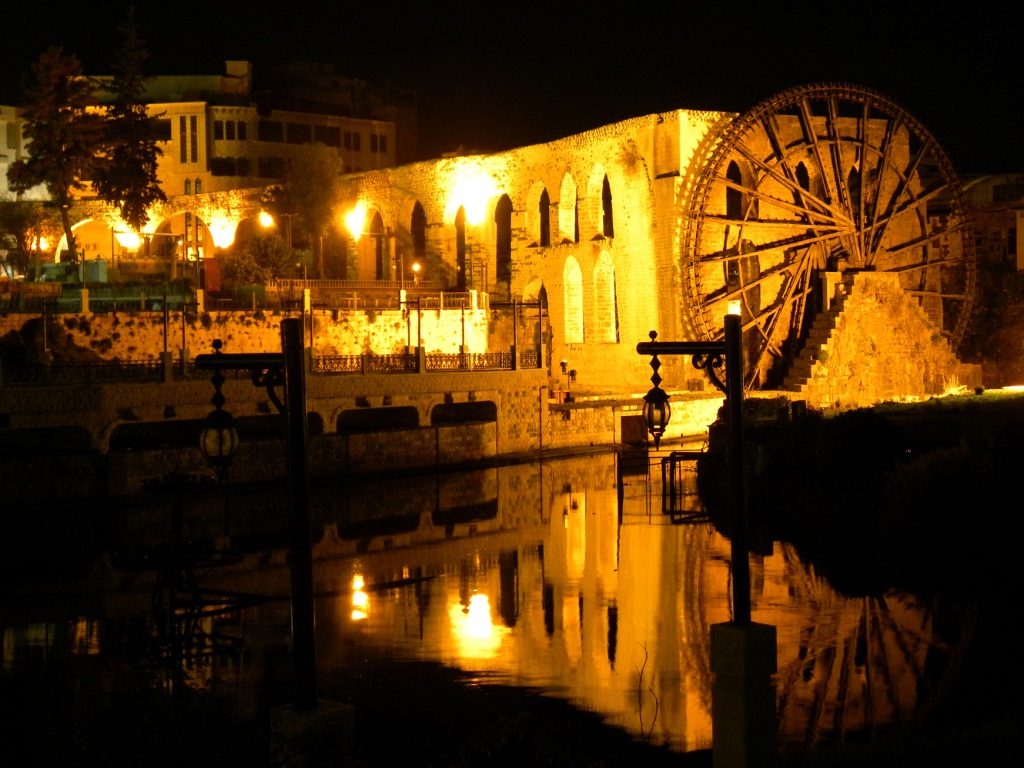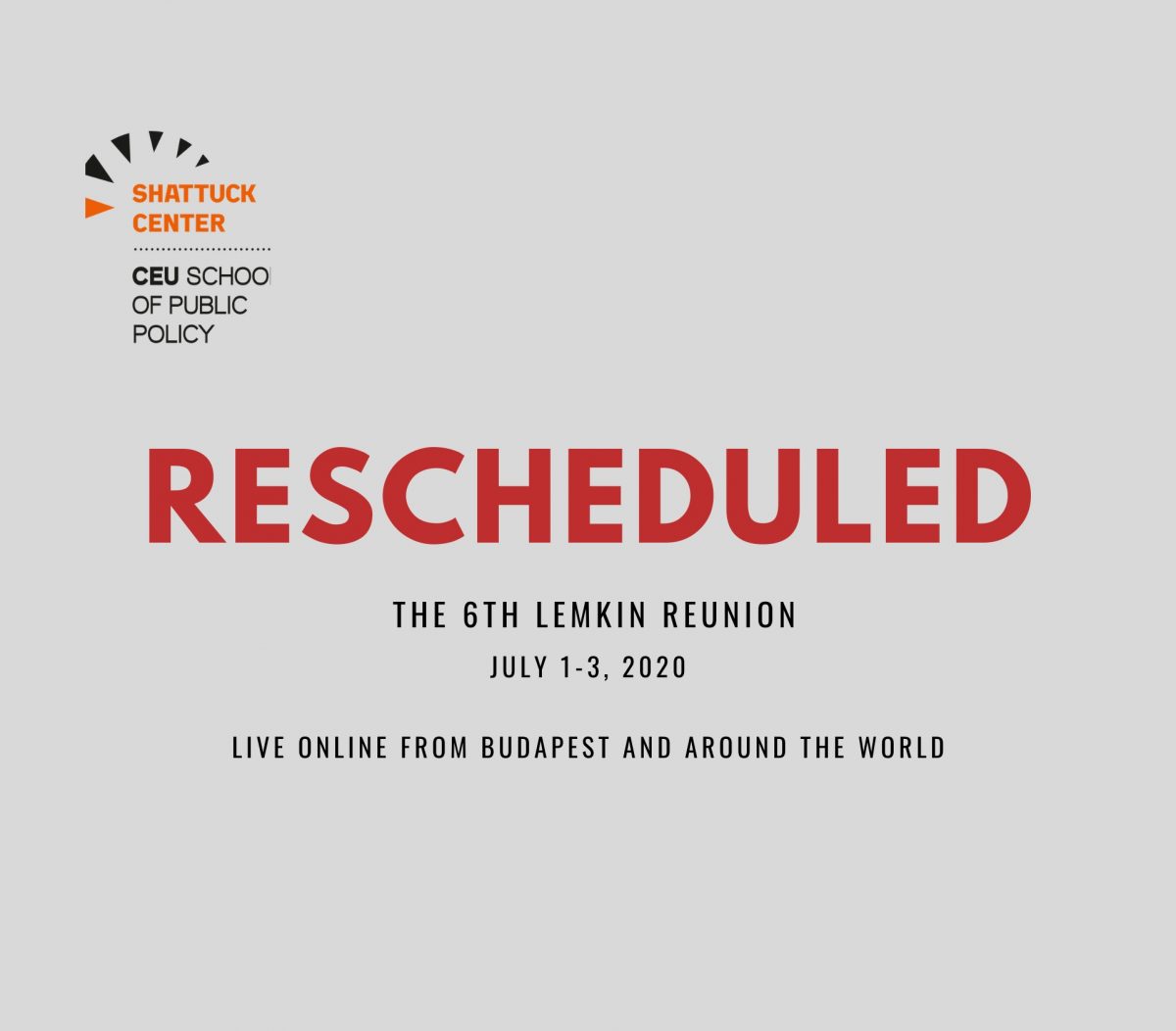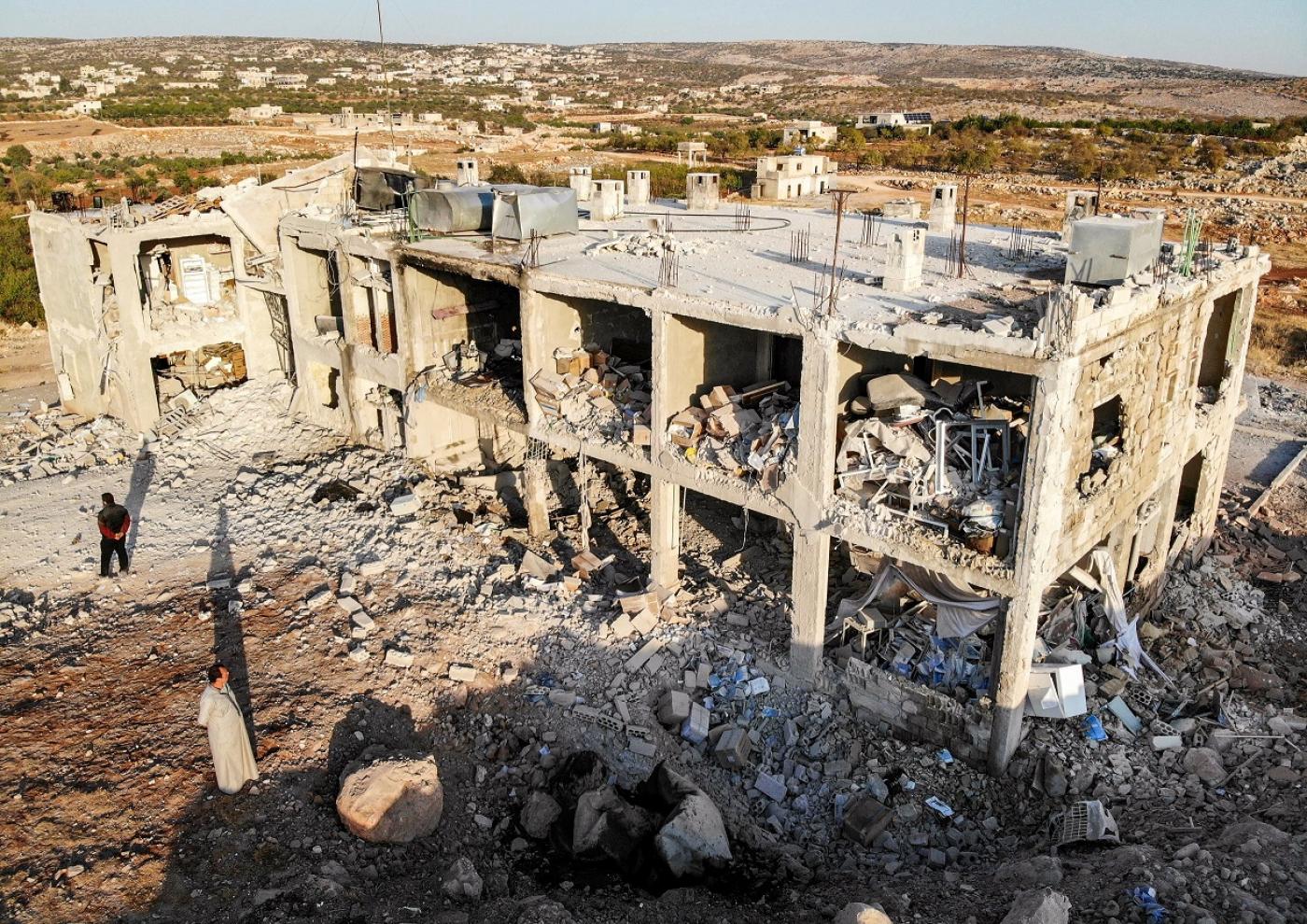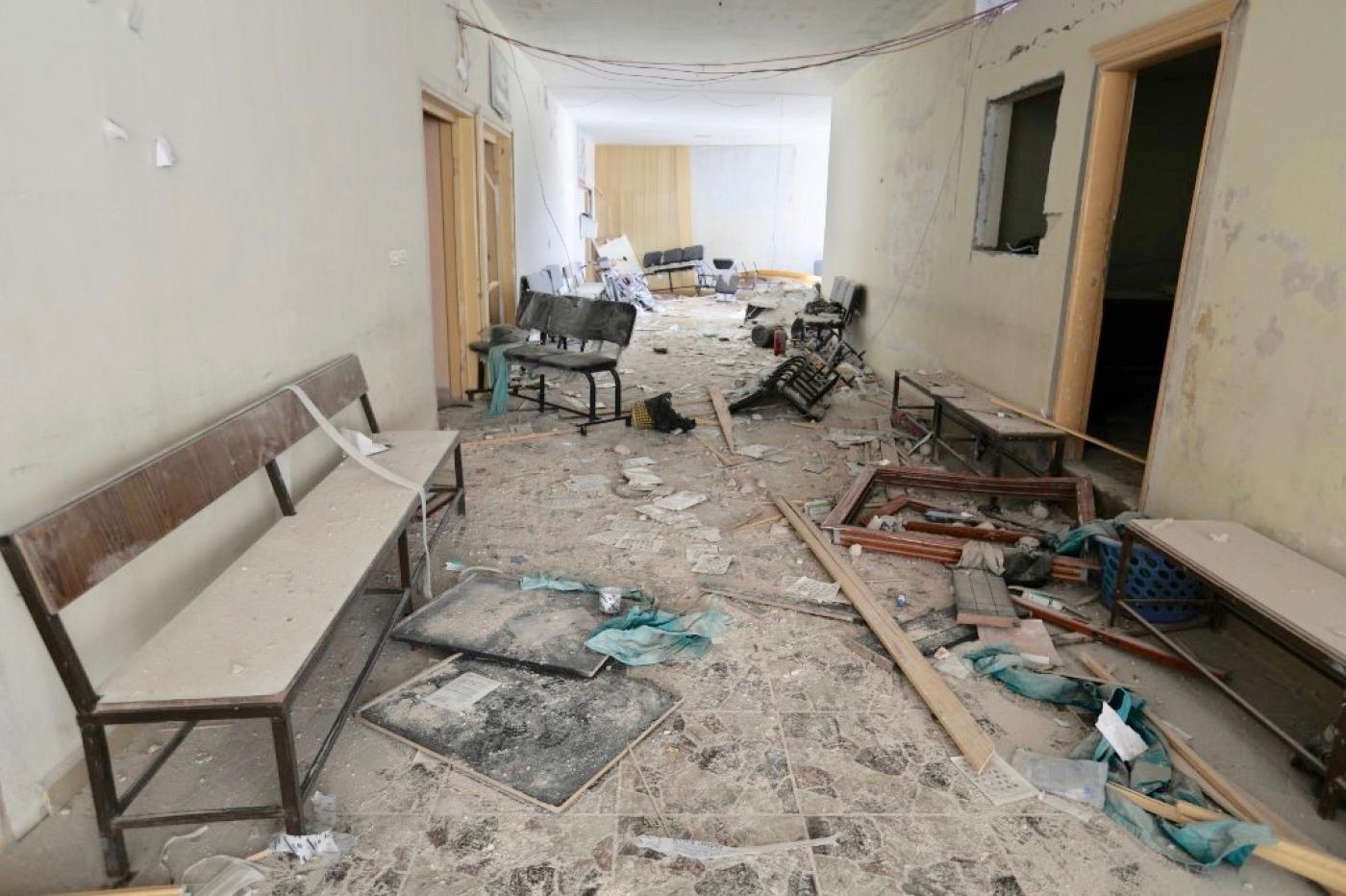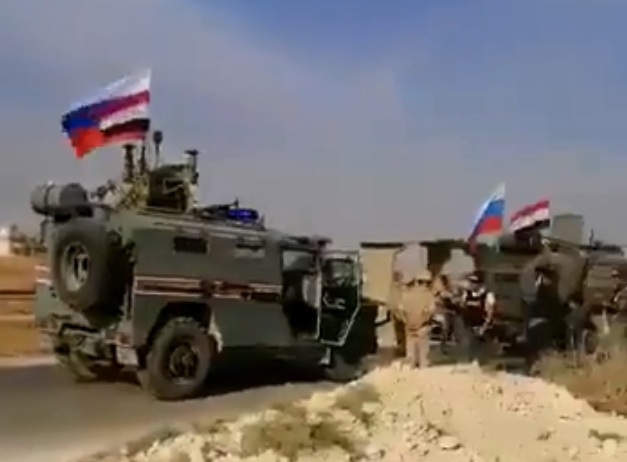To download the full paper please click here.
Executive Summary
Aleppo, the second largest city in Syria, is known to be one of the oldest continuously inhabited urban spaces in the world. Aleppo has suffered great damage during the conflict exceeding individual landmarks to include complete neighborhoods. The city also witnessed critical outflows of population until the complete deportation of the eastern areas’ population in late 2016.
Cultural heritage has the potential for supporting either the recovery process or further divisions in the war-torn society. This paper explores the role of cultural heritage in the current post-conflict reconstruction planning and implementation in Aleppo.
This paper emphasizes that reconstruction should be established on the basis of a shared vision, involving the different stakeholders – including but not limited to the evicted population – in its planning and application for such a process to be sustainable. The paper proposes that this is not the case in today’s Aleppo and concludes that since reconstruction is a complex, multifaceted, long-term process, there could be room for a more multidisciplinary inclusive plan based on social justice in the future.
To download the full paper please click here.
read more The Aleppo Project
The Aleppo Project